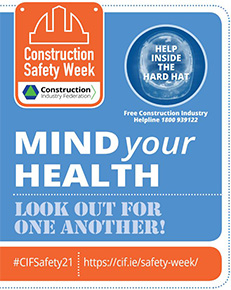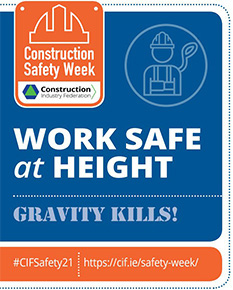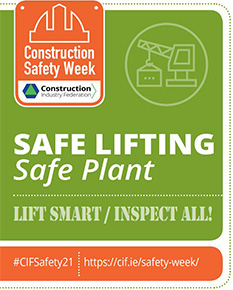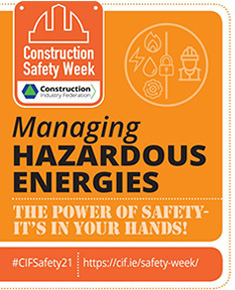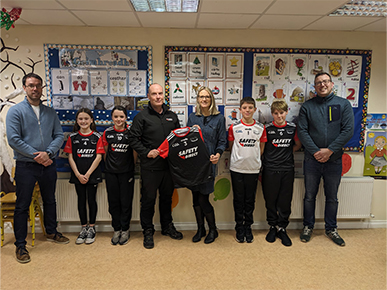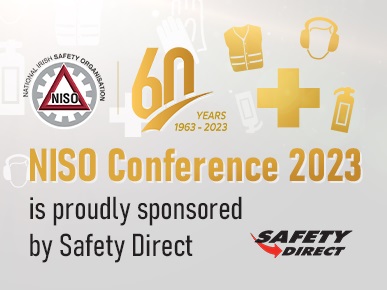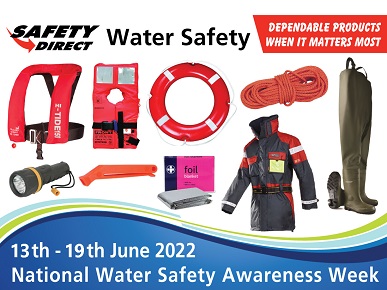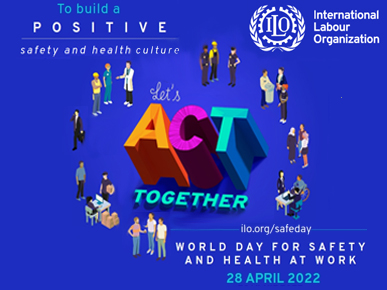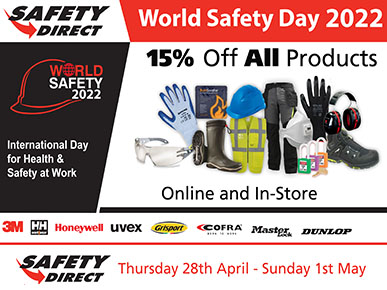Construction Safety Week 2021
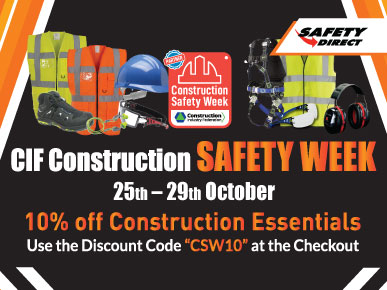
This year's CIF Construction Safety Week runs from 25th - 29th October and aims to offer insight on best safety practices and overall wellbeing in the construction industry. Safety Direct offer a huge range of construction industry essential items across Personal Protection, Safety Footwear and Hi-Visibility Clothing and are proud to partner the Construction Industry Federation on this year's #CIFSafety21 week.
Over the course of this week, each day will explore a different theme and highlight a particular area of safety concern in the construction industry.
Safety Direct supplies a vast range of Construction Industry Essentials from the world's leading brands. Use the discount code CSW10 at checkout for 10% off. Terms and Conditions apply.
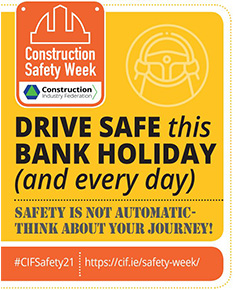 Image credits: Construction Industry Federation
Image credits: Construction Industry Federation
Monday, 25th October: Drive Safe this Bank Holiday (And Every Day)
Today's events in the Construction Safety Week calendar aim to promote safe driving and vehicle use when on public and private roads. Drivers are reminded to practice key safety measures when on the road. These include driving within the legal speed limits, always wearing a seatbelt and never drinking and driving or using a mobile phone whilst driving.
As the CIF note, 'Safety is Not Automatic - Think About Your Journey'. Before setting off on the road, do a safety check of your vehicle to ensure that lights are working correctly, and tyres are at the correct thread depth and pressure. Make sure that there is optimum visibility by de-fogging and de-icing windows where required - it is always convenient to carry a screen scraper and de-icer for this purpose. By taking additional safety measures, we can make our roads safer for all users.
Tuesday, 26th October: Mind Your Heath
All construction workers are encouraged to take care of their mental, emotional and physical wellbeing with Tuesday's theme of 'Mind your Health'. Especially as we emerge from the Covid-19 pandemic, the CIF are encouraging all members to 'Look Out For One Another'.
Staying connected with our family, friends and colleagues can boost our wellbeing and emotional resilience. Critically, it is important to recognise when we are going through a stressful time, rather than ignore it. Getting enough sleep, maintaining a nutrient-rich diet and exercising regularly all contribute to a healthy mind and body. Above all, support should be sought when going through a tough time, rather than experiencing it alone.
Wednesday, 27th October: Work Safe at Height
A required element in many aspects of construction, working at a height brings with it a level of risk. Most falls actually occur at low heights of 2 / 3 metres above ground level, rather than a higher height (source: CIF). The correct training is essential when carrying out jobs of this nature.
Two pieces of equipment that are essential here are Lanyards and Fall Arresters. Lanyards ensure a permanent connection to anchorage point at all times, while a Fall Arrester limits the length of a free fall (should one occur), preventing collision with the ground. Along with Karabiners, Harnesses and Snap Hooks, these tools available from Safety Direct ensure maximum safety whilst working at a height.
Thursday, 28th October: Safe Lifting / Safe Plant
When carrying out a lift or plant, a risk assessment is crucial. Failure to carry out a risk assessment and the absence of a comprehensive 'Lift Plan' increases the chance of accidents on site.
When planning a lift, the following areas of concern need to be considered alongside a risk assessment and lift plan:
- Site Conditions (access, overhead electricity / telephone cables, ground conditions, underground structures etc.)
- The Weather
- Margin of Safety for Lift
- Machine Characteristics (size and type of crane, outrigger settings and loadings, radius for the intended work, boom length etc.)
- Load Weight and Dimensions
- Slinging Technique (the method of attaching the load to the crane)
Additionally, it is key to remember the different stages of planning a safe lifting operation. An easy way to recall these is to use a 'common sense' approach:
C: Concentration - remain alert and aware of the task at hand
O: Observation - make sure that the task is undertaken safely and to the proper specifications
M: Machine Condition - check certifications and make sure it is serviced regularly
M: Machine Knowledge - understand the machine and its limits of operation
O: Only Act on Your Own Judgement - do not be pressurised into carrying out an unsafe activity
N: Never Take a Chance - err on the side of caution and try to minimise risks
S: Select Correct Accessories - make sure that the appropriate equipment and tools are at hand
E: Experience of Similar Lifts - use prior knowledge and experience and apply to the lift
N: Never be Hurried - always take your time
S: Slings - ensure the correct lifting accessories are used and that they have the appropriate safety certifications
E: Exercise your Responsibility - cease the operation if any risk arises
Friday, 29th October: Managing Hazardous Energies
Working with electricity and gas networks requires workers to exercise high levels of caution. In relation to live services, 2020 saw over 485 incidents involving cable strikes and accidental contact with overhead powerlines (source: ESB Networks). In these situations it is essential to review past site records and utility drawings before carrying out any work and contact the relevant providers.
When there is a risk to gas networks through construction activity, it is key to always undertake trial holes when digging, as the accuracy of a gas supply map is not always guaranteed. The use of the correct tools and machinery is also crucially important. Hand-held power tools should not be used within 1.5 metres of the gas transmission line, and hand digging with shovels and spades should be used when close to a known gas pipe location.
If there is damage detected to an electricity line / gas main or service, do not attempt to carry out repairs yourself - contact the ESB or Gas Networks Ireland.
